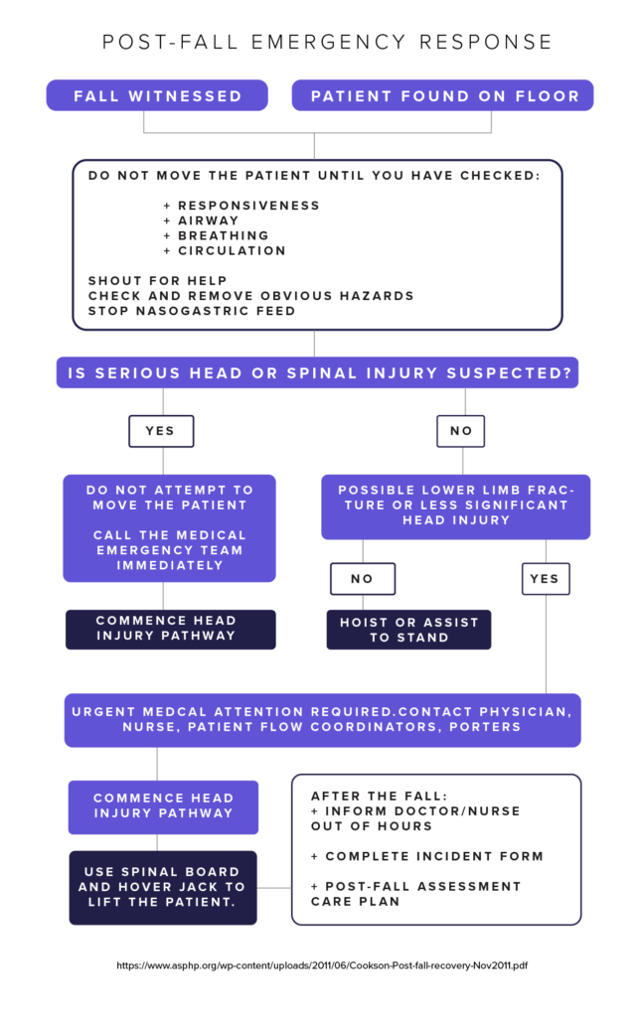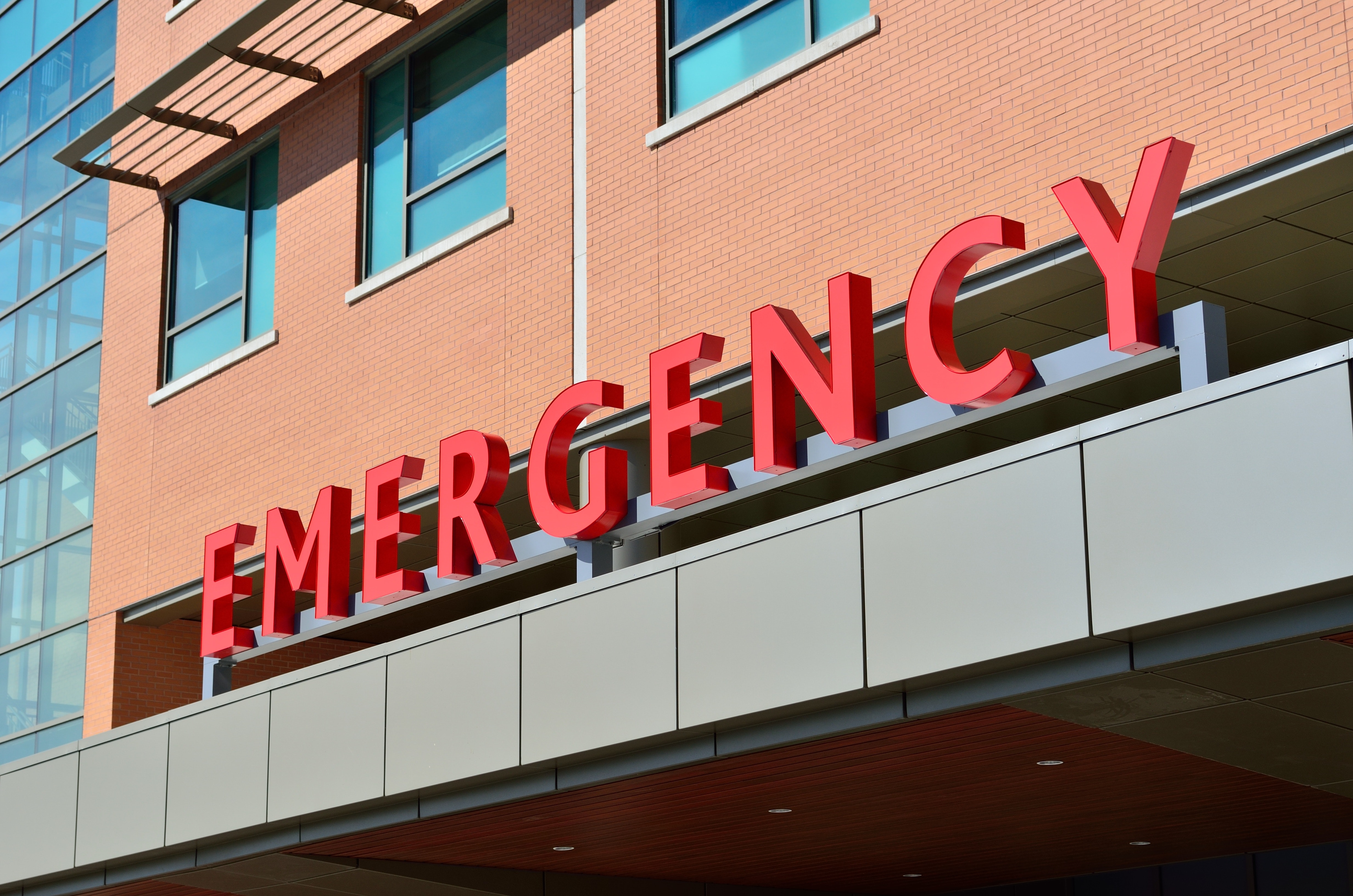Falls among seniors in hospitals and long-term care are devastating, both physically and emotionally for the victims and the staff caring for them. In the critical moments after a fall, it’s important to follow strict protocols to ensure the resident’s safety.
Here, we break down the timeline and actions involved immediately following a fall:
Assessment
- Immediately check their vitals and assess their physical appearance—DO NOT MOVE THEM. Call for assistance and notify a physician.
- Ask if they are in pain and where the pain is and have them move their limbs if they’re able.
- Continue speaking with them to assess their cognitive abilities and ask if they can explain what happened.
- Stay with the until help arrives.
- Contact the resident’s physician (if other than the on-call physician) to report the fall.
- Contact the family.
- Notify your community’s safety officer.

Documentation
Of course, this is just the beginning of the process for staff. After the resident has been cared for and is safe, the documentation begins. To cover all your bases, the following information should be included in a post-fall incident report:
- All observations from you and anyone who may have witnessed the fall
- Resident statement
- Assessments performed
- Notifications—Who was notified?
- Interventions—What did you and others do to assist the resident?
- Evaluation
- Note the cause of the fall and whether the resident lost consciousness.
Provide consistent and clear guidelines and steps for CNAs for post-fall care and documentation.
Preventing falls in the first place is the ultimate goal in any healthcare setting. VSTAlert is 98% accurate in detecting a bed or chair exit 30–60 seconds before it could potentially be a fall.


